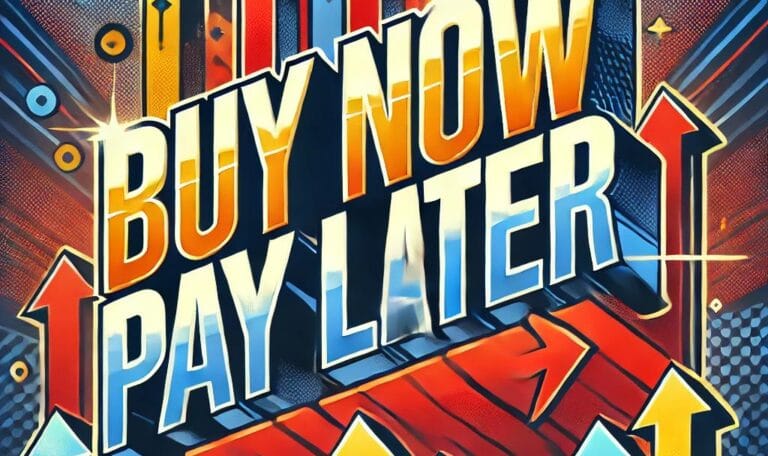Does obtaining a US Bank account from Abroad feel like a far fetched dream? Let’s break it down and bring your dream to reality. It’s very easy, honestly. Like any bank, even the balls in the US want you to give them an assurance of your legitimacy. Once you check everything off this list, you will have your US bank account in no time. Any bank account is approved either for an individual or a company. If you are a foreign citizen and wish to open your account in the US, you will have to form a company there. A lot of people will take shortcuts and partner up with a US citizen. Not a great idea, based on their participation in your company, the percentage of revenue you will be sharing with them. There are a few partners who will demand up to almost 30% of your revenue simply to provide their credentials and it’s just not worth it. Why cut your margins when you can do it yourself by registering a company in the US with the help of a registered agent. Be it a virtual bank account like Mercury or Wise, or a physical account like Bank of America, a physical address is absolutely necessary. Virtual addresses are a thing of the past now, even virtual Banks decline your account request if they find that your address is virtual or a PO Box address. So, availing a physical address in the US is non-negotiable. You need to avail this physical office and have your company registered on this address. If you can google verify this address, then there’s nothing like it. Not a lot of people will tell you this but your website is also a crucial part of your bank account since it is the face of your company. Since you are not present in the US physically, your website is what actually tells them what it is you do, and how well established you are. As a matter of fact, your website is a very important part of your KYC, so don’t hold back on it. What type of entity you form determines whether you get an account or not and here’s why. There are some entities that require you to be physically present in the US in order to open an account. There are others that do not require your physical presence in the US. Everyone knows what a struggle US immigration is, and getting your Visa and going to US is not as easy as it may seem, this option is not feasible and simply does not help our pain point here, which is to get US Bank accounts from Abroad, from the comfort of your own home. In order to find out which entity is best suited for your business, you should seek help from the experts and get a tailor made solution for your needs. Things to keep in mind: Put this in pointers: A bank account might not be enough for a lot of businesses. If you wish to accept payments from your clients, you will have to give them as many modes of payments as possible. This includes Credit card, Debit card, Apple Pay and many more, and in order to accept these, you require Merchant services and payment gateways. So it is best to get your business plan overviewed by experts who can always tell you what is the best way to proceed. Do not follow the market trends blindly, every business needs its own strategy. Online platforms will have you believe that the company you formed for $300 dollars, in a random state without thinking twice is going to run effortlessly till the end of times. I hate to break it to you, that’s not gonna happen, forming and running a company takes a lot of thought and effort but the right people can make it easy for you. Do not let all the information you see on the internet overwhelm you, if you are equipped with the right information, then it’s a piece of cake. Conclusion Opening a US bank account from abroad isn’t a dream—it’s a strategic process that becomes simple with the right guidance. Avoid shortcuts, stay compliant, and build a strong foundation for your business. With expert support and the right setup, you can confidently go global from your own home. juris consultants Sushmitaa Patil








